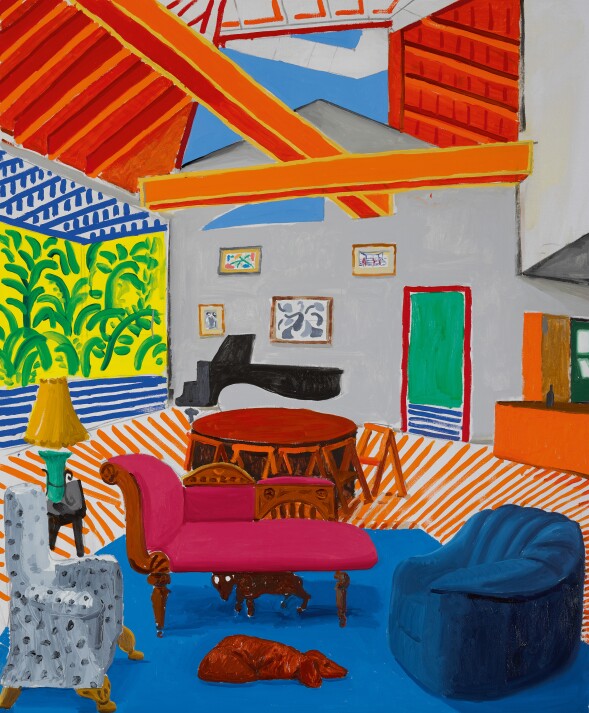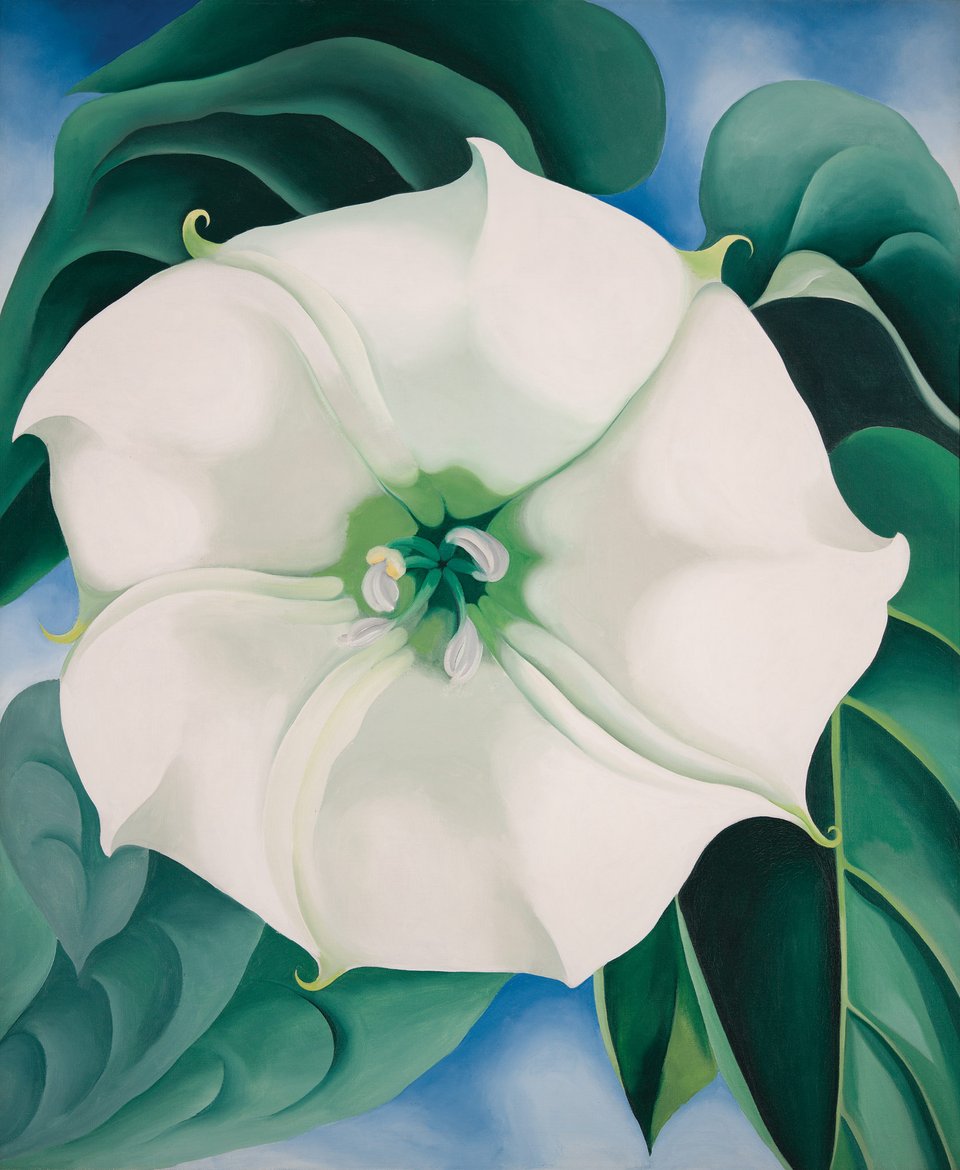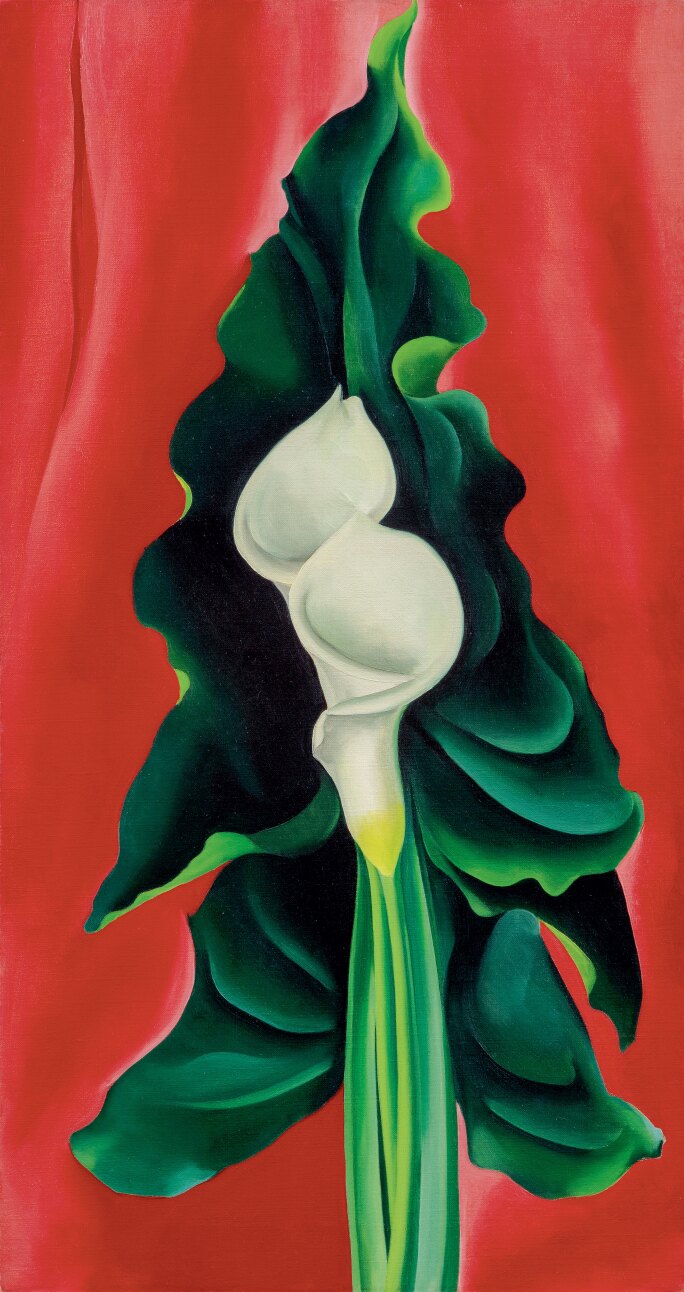Two portraits of Charles I’s eldest children - the eleven year- old Prince of Wales, (later King Charles II), and his nine year- old sister Mary, the Princess Royal, (later, the mother of the future king, William III) will be among the highlight s of Sotheby’s London Old Master Evening sale on 5 December.

Sir Anthony Van Dyck, Portrait of Mary, Princess Royal and Princess of Orange, 1641 Oil on canvas Estimate: £ 600,000 - 800,000

Sir Anthony Van Dyck, Portrait of Charles II, when Prince of Wales , 1641 Oil on canvas Estimate: £2 -3 million
Among the very last works that Van Dyck painted for his royal patron, these charming, beautifully preserved portraits have been in the same private collection for nearly a century, and come fresh to market with a combined estimate of £2.6 million – 3.8 mil lion. Conceived and executed in the summer of 1641, months before the artist’ s death in December the same year, it is possible that they are the portraits of the Prince and the Princess recorded as being among the possession s left in the artist’s studio in Blackfriars on his death. Epitomising the extraordinary skill which V an Dyck brought to child portraiture, a genre in which he had excelled ever since his early years in Genoa, both works provide a penetrating likeness of the royal children at a time when their world , and the Stuart monarchy , was on the brink of collapse. Alex Bell, Sotheby’s Co -Chairman of Old Master Paintings , said: “ Van Dyck was responsible for creating the enduring image s of Charles I and his court, and in these exceptionally well -pre served portraits of his two eldest children we see the artist use his painterly skill to acknowledge both the youth and the status of his royal subjects. The tumultuous history of the Stuart court has always captured people’s imagination and with the addit ional interest sparked by the fascinating exhibitions in London this year, it is particularly timely for these royal portraits, which are extremely rare to the market, to come up for sale.’ Appointed ‘Principal Painter in Ordinary to Their Majesties ’ in 1632, Van Dyck created numerous portraits of Charles I, his wife Henrietta Maria, and their children, many of which still remain in the British Royal Collection. Depicting his sitters with a relaxed elega nce and understated authority, V an Dyck ’s sophisticated style d ominated English portraiture until t he end of the 18 th century. Portraying the eldest child of Charles I , the Portrait of Charles II, when Prince of Wales (estimate: £2- 3 million) is a unique likeness of the young prince and one of t he finest royal portraits of Van Dyck’s late career. Depicting the future heir to the throne standing in armour with the ribbon of the Garter, with his left hand resting on the hilt of his sword and his right on the head of a stick, this portrait mark s a d istinct shift in the representation of the young Prince. Moving away from the celebrated child portraits painted alongside his siblings, th e portrait exudes a more martial and adult gravitas , both in accoutrements and bearing.
It is not known when the king gave the commission to paint such an important portrait of the Prince of Wales but the painting can probably be associated with a payment for the Prince’s barge, which on 9 August 1641 had ‘caryd his highness from Lambeth to Whithall and from thence to Sr Anthonye Vandickes and back again .’
Although he was still very young, the Prince of Wales accompanied his father, Charles I, at the outbreak of the English Civil War, and was present at the battle of Edgehill in 1642. When by 1646 it was clear that his father was losing the war, Charles was made to flee England and take refuge on the continent. Following the king’s execution, Charles lead a number of unsuccessful campaigns to recover his throne.
Following the death of Oliver Cromwell in 1658 and the reformed parliament’s decision to restore the monarchy, Charles returned to England in 1660 as King Charles II.
Painted shortly after her marriage to Prince Willem of Orange, the Portrait of Mary, Princess Royal and Princess of Orange (estimate: £600,000 – 800,000), is the last of the artist’s likenesses of the young princess. t is one of three versions of the design , all most likely to have been painted in the summer of 1641. Mary is depicted wearing a fine orange silk dre ss edged with lace tied with blue ribb on, and both her wedding ring and the large diamond brooch given to her by her husband the day after their wedding on 2 April 1641.
By this date Van Dyck was probably too unwell to finish the picture himself for it seems probable the painting of the Princess’ costume was entrusted to his studio. Following her marriage aged just nine years old, the Princess remained in London until February 1642, when she travelled with her mother to Holland to join her husband . She returned to England at the Restoration but died shortly thereafter. Her son, Willem III of Orange, later succeeded her brother Charles II and was crowned King William III of England in 1689.
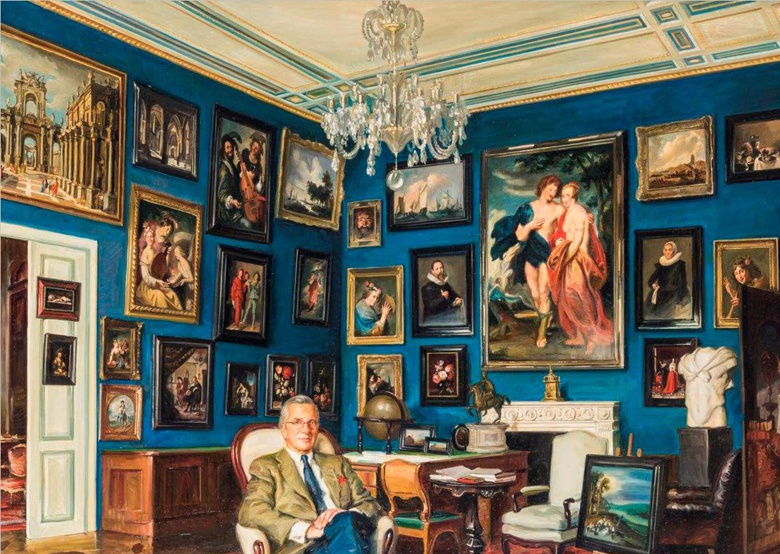
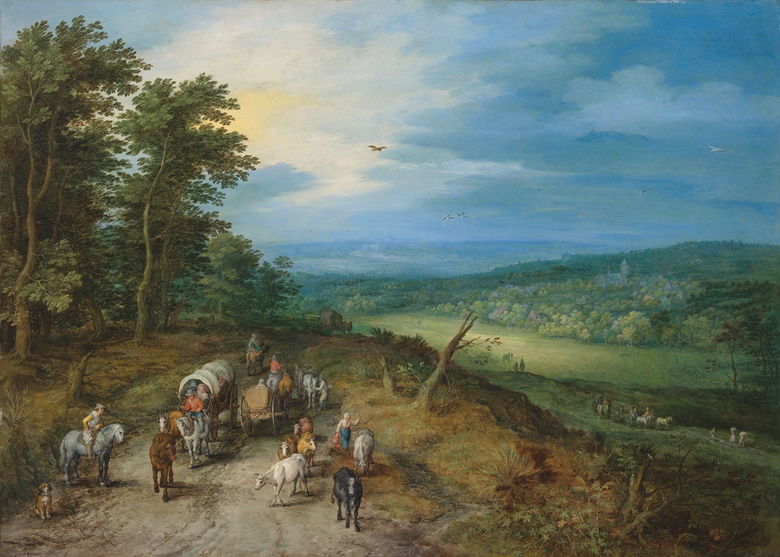
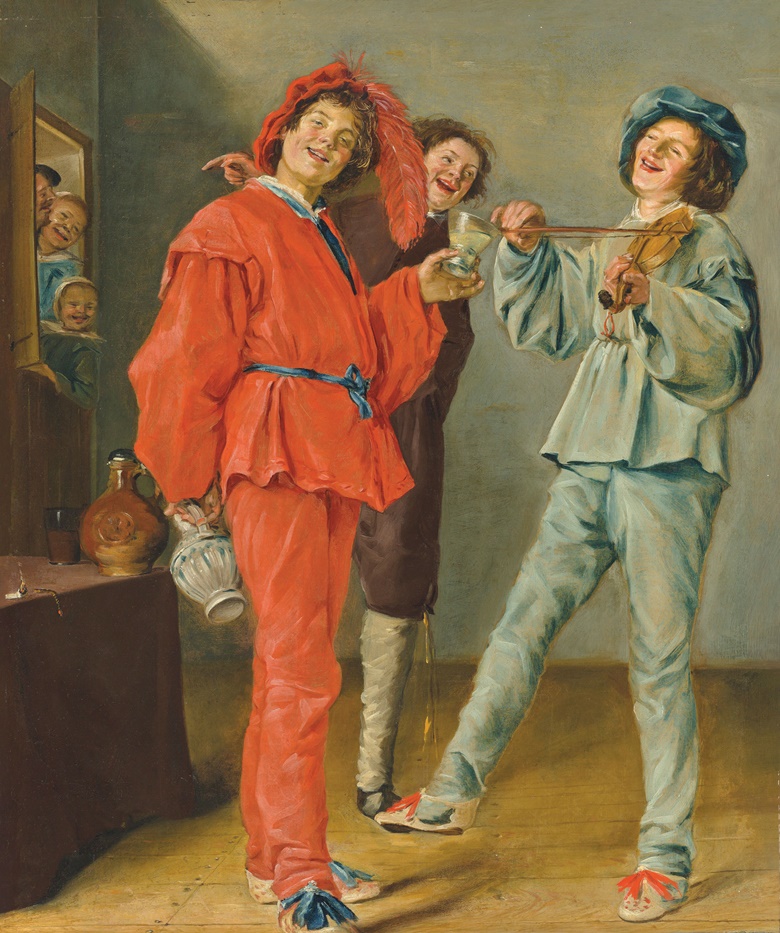
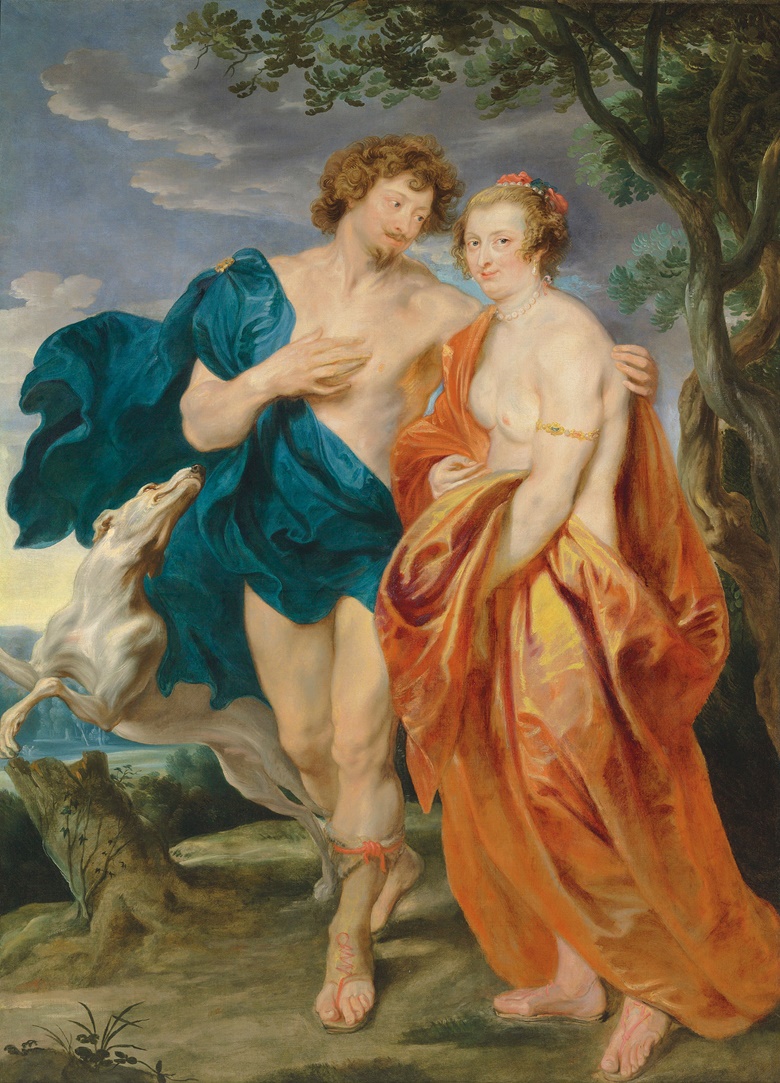
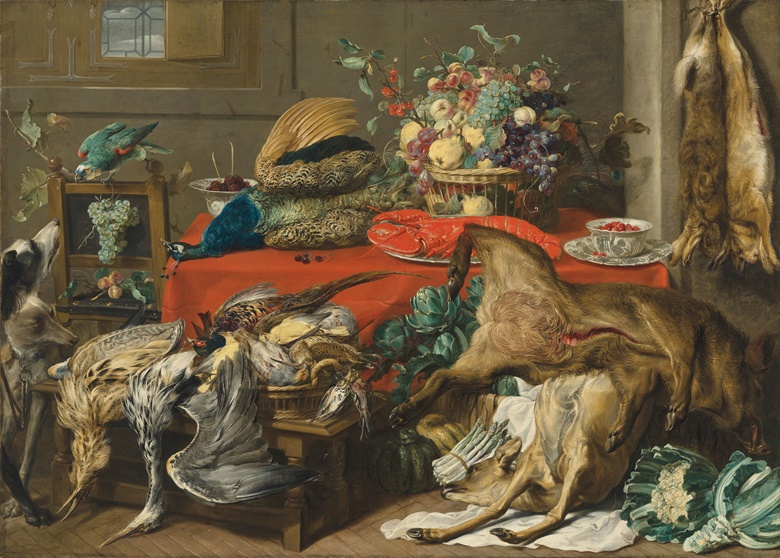
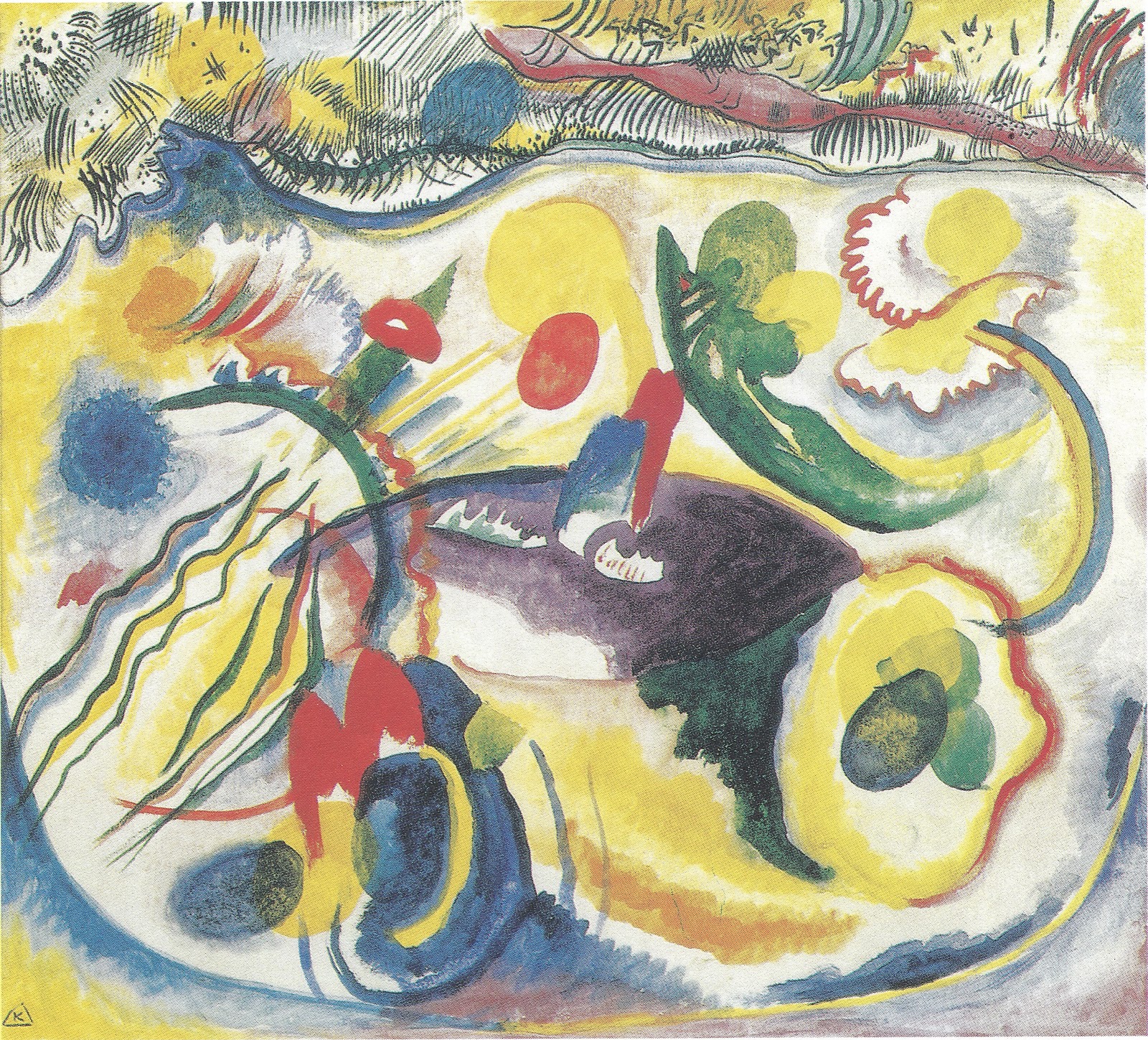

.jpg)
